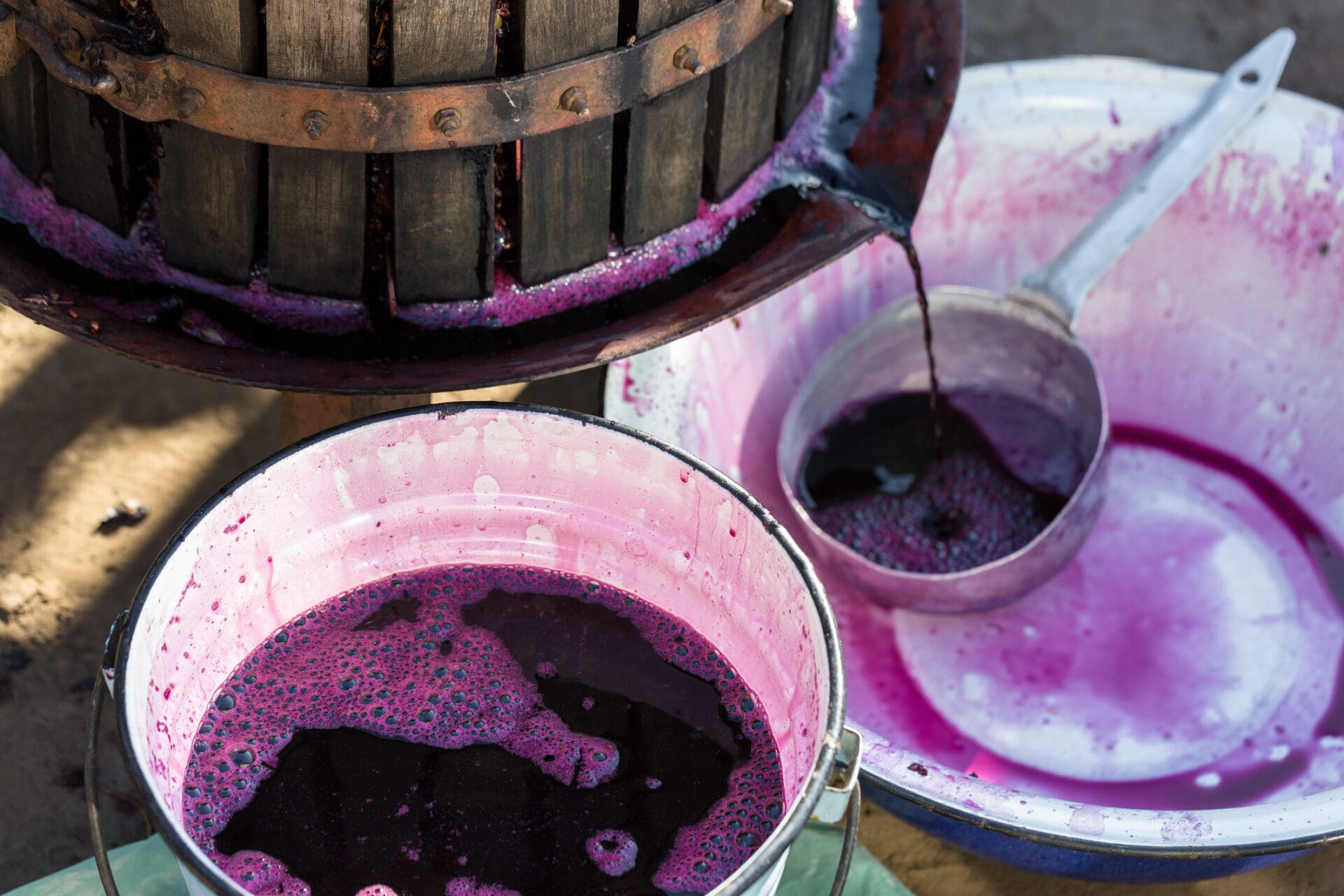
Sulfur dioxide (also sulphur dioxide) is the chemical compound with the formula SO2. It is a colourless gas with a pungent, irritating and rotten odour. Sulfur dioxide is non-flammable and reacts easily with other substances to form harmful compounds, such as sulfuric acid, sulfurous acid and sulfate particles.
Sulfur dioxide in the air results primarily from activities associated with the burning of fossil fuels (coal, oil), such as at power plants or from copper smelting. In nature, it can be released to the air, for example, from volcanic eruptions.
Sulfur dioxide is used:

Industry sources: Sulfur dioxide is emitted from coal-burning power plants and industrial processes like wood pulping, paper manufacturing, petroleum refining, and metal refining or smelting, particularly from sulfide-containing ores (e.g., lead, silver, and zinc).
Diffuse sources: Small textile bleaching and food-preserving facilities, wineries, and fumigation activities also emit sulfur dioxide.
Natural sources: Geothermal activity (e.g., hot springs and volcanoes) and the decay of vegetation on land, in wetlands, and in oceans release sulfur dioxide.
Transport sources: Vehicle exhaust contributes to sulfur dioxide emissions.
Consumer products: Certain solvents, dechlorination agents, bleaches, and fumigation products emit sulfur dioxide.
Exposure to sulfur dioxide mainly happens by breathing air that contains it. Skin contact can also result in exposure. Workers in industries such as copper smelting or coal burning are most commonly exposed, often through the air. People living near such industries can also inhale sulfur dioxide. Once in the body, sulfur dioxide enters the bloodstream through the lungs and is excreted in the urine.
First Aid Measures
Eye contact: Flush eyes with water for at least 15 minutes and get medical attention.
Inhalation: Move to fresh air. If breathing is difficult, provide oxygen and seek medical help. Artificial airways may be required for severe cases.
Skin contact: Flush with water and remove contaminated clothing. Apply ice water compresses if necessary.
Engineering Controls
Caution: Contact with cold liquid sulfur dioxide may cause burns or frostbite, and low temperatures can damage protective equipment.
| OSHA Permissible Exposure Limit (PEL) - General Industry See 29 CFR 1910.1000 Table Z-1 | 5 ppm (13 mg/m3) TWA | HE14 | Upper respiratory irritation, nosebleeds |
| OSHA PEL - Construction Industry See 29 CFR 1926.55 Appendix A | 5 ppm (13 mg/m3) TWA | HE14 | Upper respiratory irritation, nosebleeds |
| OSHA PEL - Shipyard Employment See 29 CFR 1915.1000 Table Z-Shipyards | 5 ppm (13 mg/m3) TWA | HE14 | Upper respiratory irritation, nosebleeds |
| National Institute for Occupational Safety and Health (NIOSH) Recommended Exposure Limit (REL) | 2 ppm (5 mg/m3) TWA5 ppm (13 mg/m3) STEL | HE4 | Blindness |
| HE9 | Bronchoconstriction | ||
| HE11 | Breathing difficulties | ||
| HE14 | Eye and respiratory irritation, eye and skin burning | ||
| American Conference of Governmental Industrial Hygienists (ACGIH) Threshold Limit Value (TLV) (2009) | 0.25 ppm (0.65 mg/m3) STELA4 | HE9 | Bronchoconstriction, exacerbation of asthma |
| HE10 | Decreased lung function, chronic respiratory symptoms | ||
| HE11 | Lower respiratory irritation and symptoms | ||
| HE14 | Upper respiratory irritation | ||
| CAL/OSHA PELs | 2 ppm (5 mg/m3) TWA 5 ppm (10 mg/m3) STEL |
National Ambient Air Quality Standards and Goals:
Safe Work Australia: